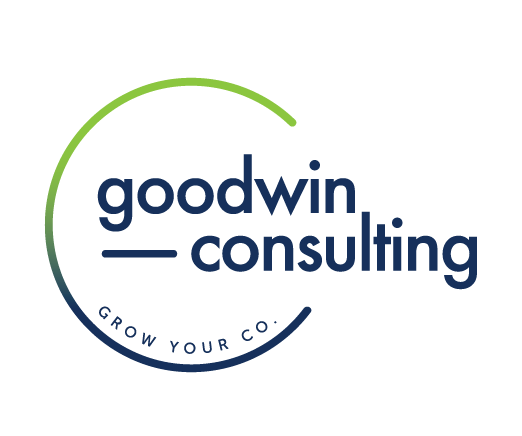Since I first explored ChatGPT several months ago, I’ve had the opportunity to dig deeper and discover its powerful potential for public relations, client communications, and so much more.
Do I envision a future where robots take over all our tasks? Not at all. But I absolutely see ChatGPT and other AI technologies as powerful tools that will enable us to work faster and more efficiently—that is, if we can conquer the learning curve!
Making ChatGPT Work for Your Business
Having written professionally for more than 30 years, even I was surprised by ChatGPT’s speed and quality when generating written content. I learned to follow three general rules when using it for this purpose:
- Master the best prompts to save time and inspire creativity
- Review the results for accuracy and readability
- Fine-tune the content with my brand’s voice and tone
Once I’d grown comfortable with ChatGPT’s nuances, I found it to be a wonderful tool for sparking ideas and boosting productivity. I also uncovered some serious issues you’ll want to be aware of—so keep reading!
Saving time with ChatGPT
As a tool for client communications, ChatGPT has the potential to dramatically improve your team’s efficiency. Using ChatGPT, I was able to create several different pitches, a blog, and a press release in only three hours—a process that would have taken a full day without AI! Although the output was good, the content needed serious editing.
It’s also very effective at helping to advance an idea. For instance, if you need to write an article for a client, you can ask ChatGPT for a selection of writing prompts on a specific topic, and the AI will almost instantly deliver enough content to drive your creativity and curiosity forward. Granted, ChatGPT isn’t going to effectively emulate the authentic voice of your CEO client, but it can provide a solid framework for your content.
Cultivating creativity with ChatGPT
As part of my PR consulting role, I frequently work with clients and their ad agencies to develop impactful campaigns. Recently, one client crafted a slogan that I really like. But we’ve decided to push the envelope with more brainstorming—and we’re bringing ChatGPT into the mix!
We’ll prompt the AI to suggest slogans during our brainstorming session, and then we’ll use those ideas to drive discussion and spark creativity. Similarly, ChatGPT is a terrific tool for generating content topics, headlines, and even visual elements.
By leveraging ChatGPT for routine tasks, teams can dedicate their time to tasks that only real, live human beings can adequately accomplish, such as client engagement, communications strategy, and brand development. And don’t forget that everything ChatGPT generates must be reviewed and revised by a person who understands your brand, your audience, and your public relations goals.
Using ChatGPT responsibly
Should you ever source content from ChatGPT and directly implement it unedited? My answer is a resounding “NO.” And I’ll tell you why.
In May, The New York Times reported a story about a man whose attorneys utilized ChatGPT to prepare “a 10-page brief that cited more than half a dozen relevant court decisions.” The AI-generated court filing included judicial decisions, quotes, and internal citations, all of which ChatGPT verified as accurate when prompted by the attorneys.
The problem? “ChatGPT had invented everything.” Not a single element of the AI-created document was factual—including ChatGPT’s assertion that its information was true.
This alarming example is proof positive that we all bear responsibility for the content we prompt and obtain via artificial intelligence. Without careful human oversight and dedicated fact-checking, organizations risk unknowingly violating copyright laws, misrepresenting information, revealing proprietary data, and even publishing outright lies.
My own public relations website now includes a statement on my team’s commitment to the intelligent and ethical use of AI for client content.
Applying your brand to ChatGPT content
We all want solutions that are better, faster, and cheaper. But your company must not use AI at the expense of its brand voice and identity. Your customers still want authentic interactions, thoughtful communication, and personalized experiences. They still expect your unique brand of expertise, wit, and wisdom.
Before integrating ChatGPT into your team’s workflow, I strongly recommend developing internal policies and practices regarding AI use. Assign “brand guardians” who can review and revise company content to align with your hard-earned brand voice and tone. And never, ever assume anything ChatGPT tells you is true. Fact-checking is your friend.
Embracing AI’s Powerful Potential
Despite the current uproar around AI platforms, I believe ChatGPT is just another tool like spell check, Zoom, and all the other systems and software we use to make our lives easier.
Some companies will choose to pursue AI certifications from reputable organizations such as IBM and Microsoft, which provide courses on applied AI and AI engineering. Other companies will benefit from workshops that teach effective prompting techniques that optimize AI output. Many more of us will learn to use AI like we learned to use social media and smartphones: through trial and error, by doing and daring, and with tips from experts and innovators.
At the end of the day, what matters most is how you use a tool once you’ve learned it. Use AI to connect. Use it to create. Use it to thrive, professionally and personally.
And most of all, use it for good.
Goodwin Consulting can help YOU develop your first AI-inspired “Good Win” with our proven public relations strategies. Get in touch to learn more!

